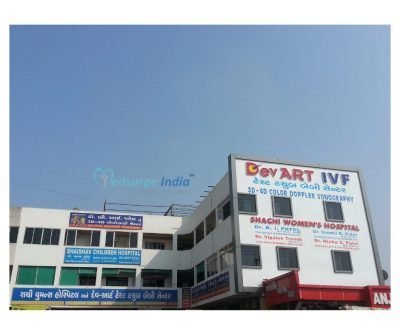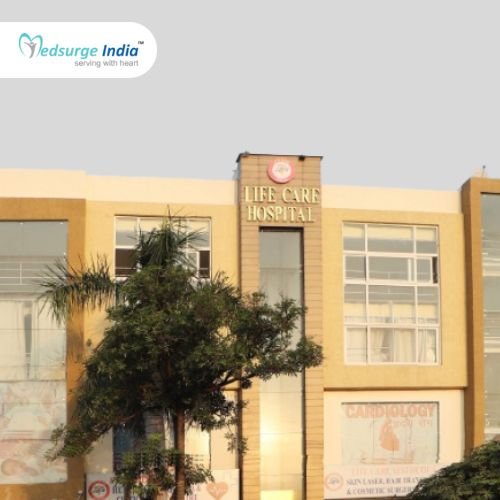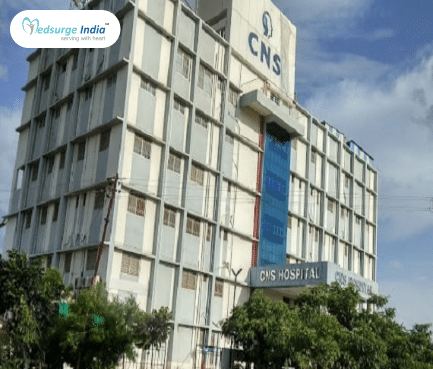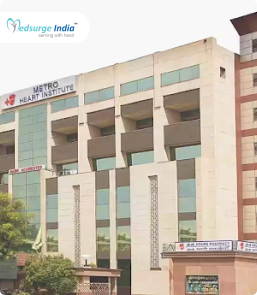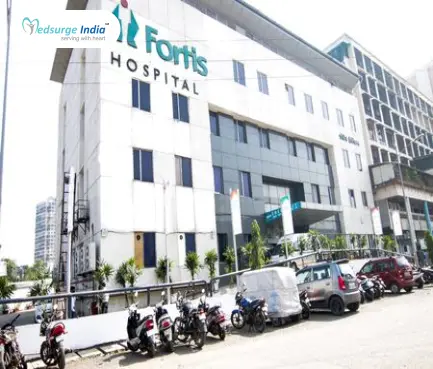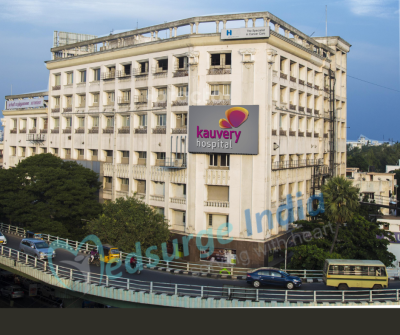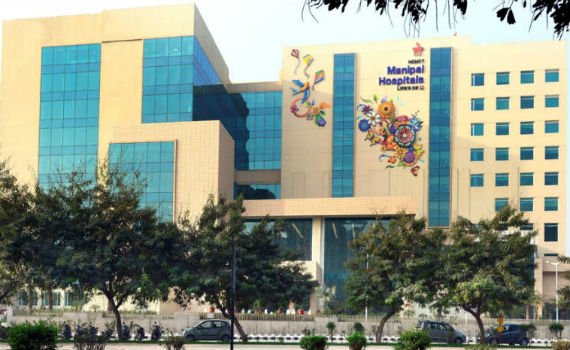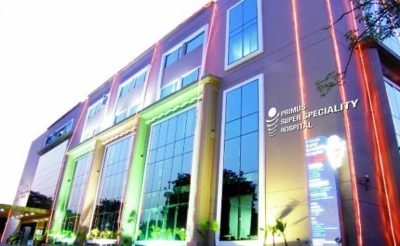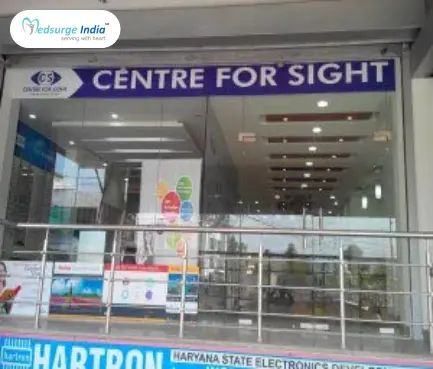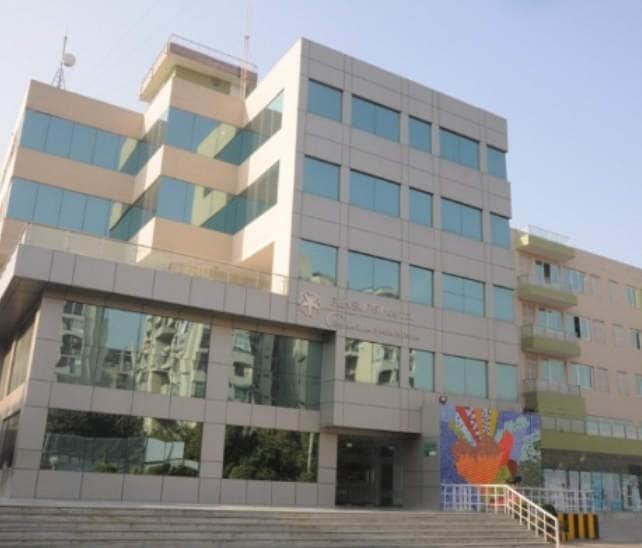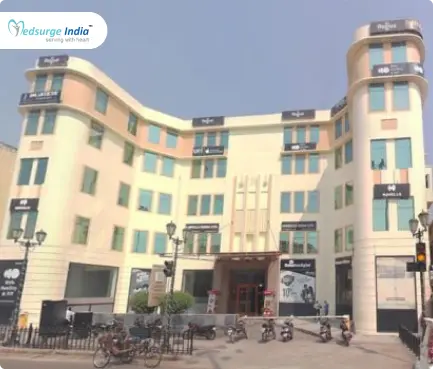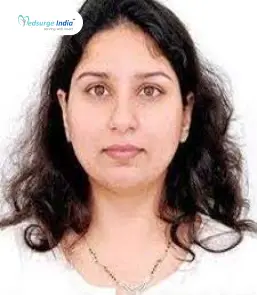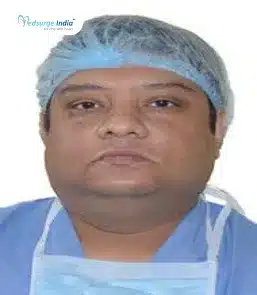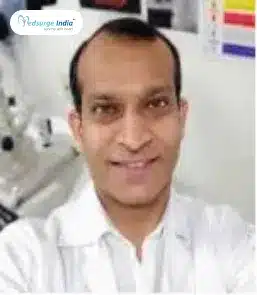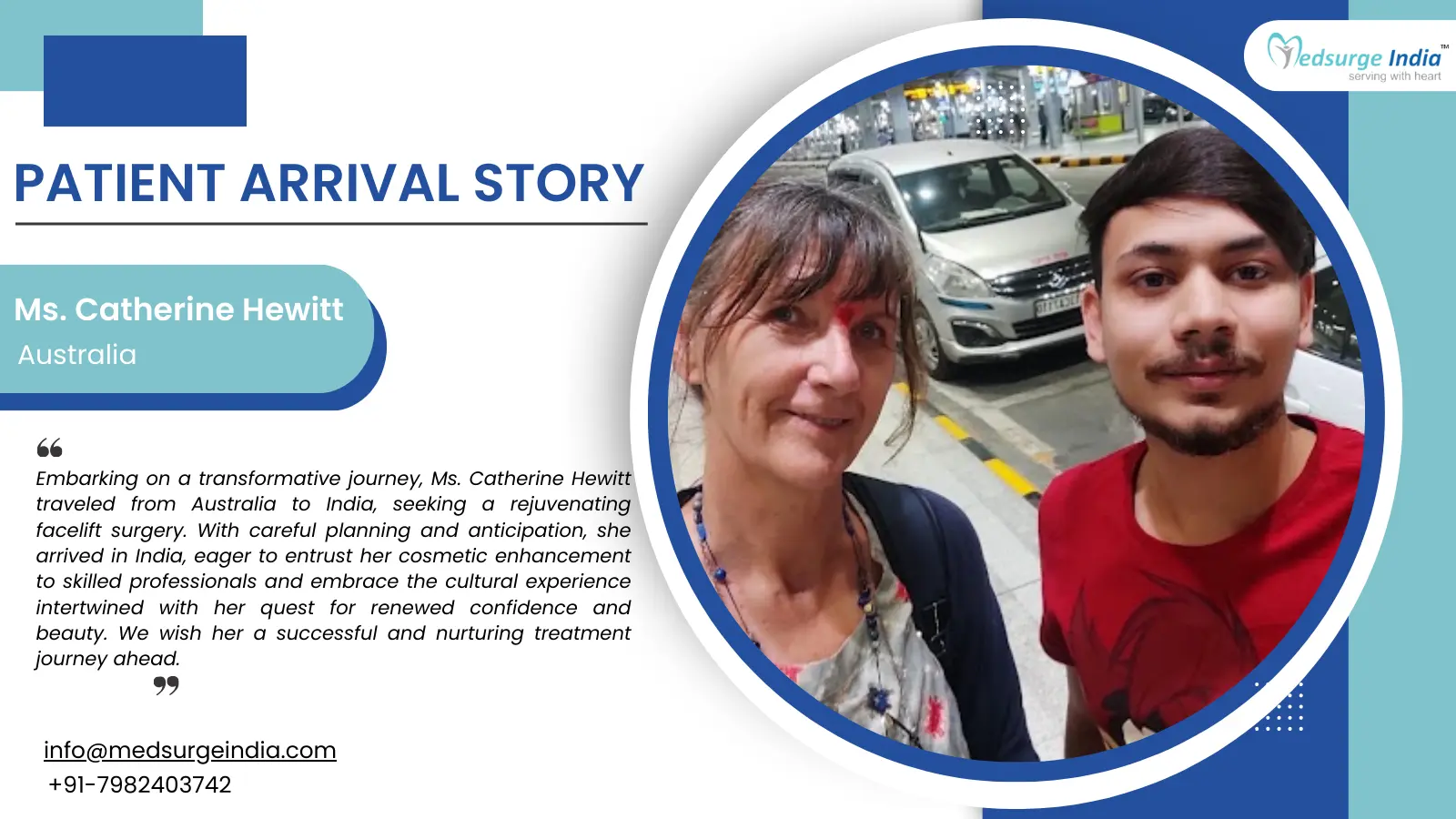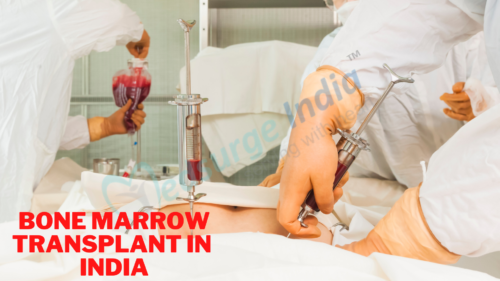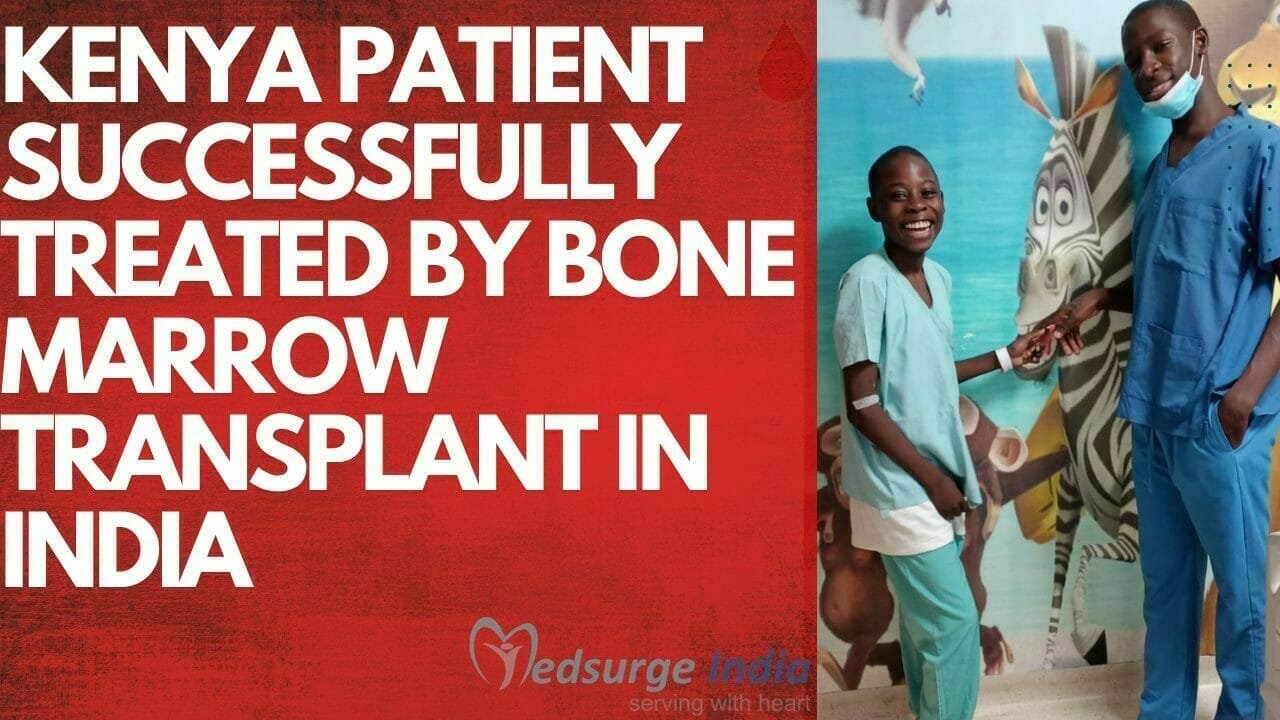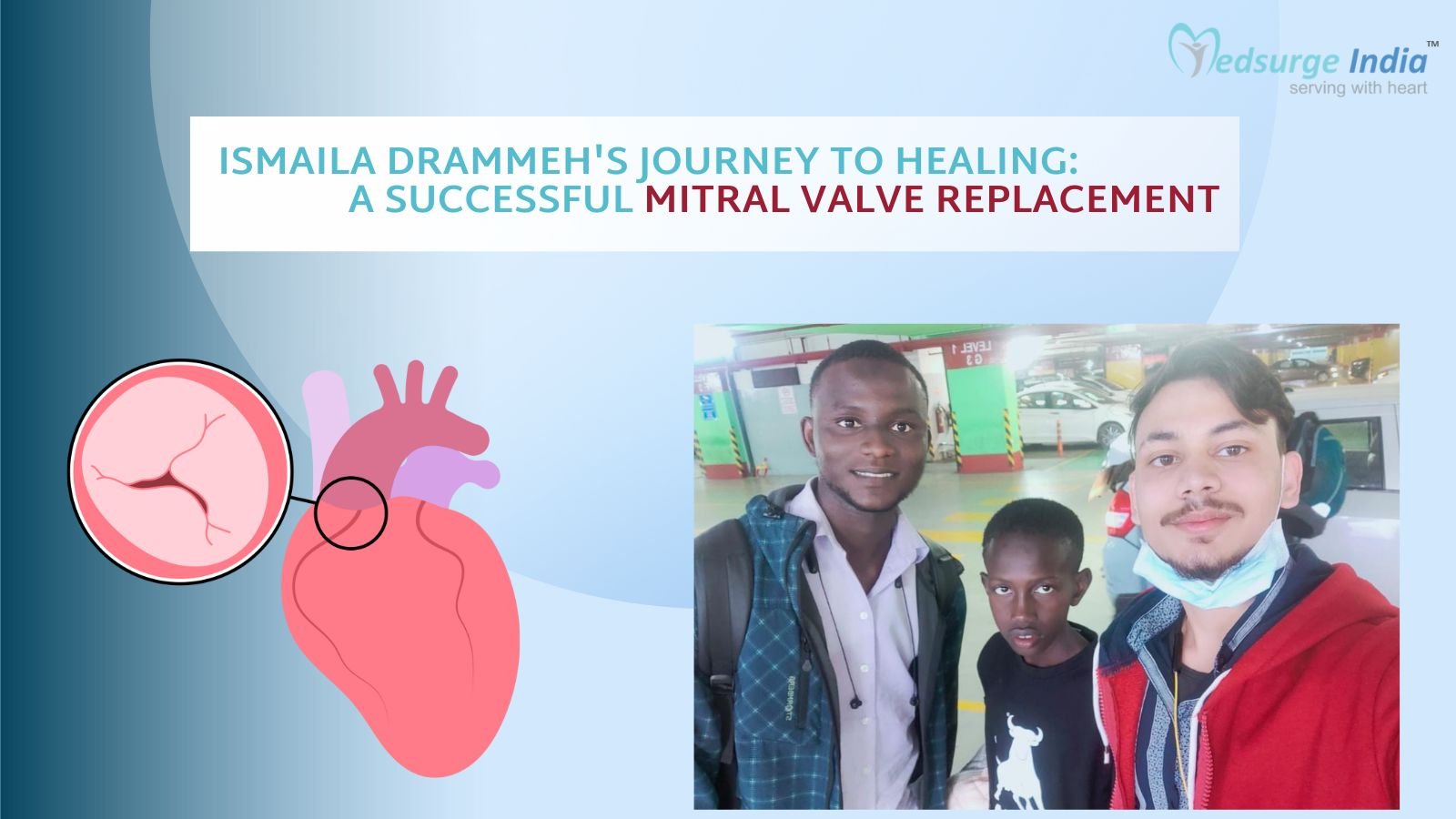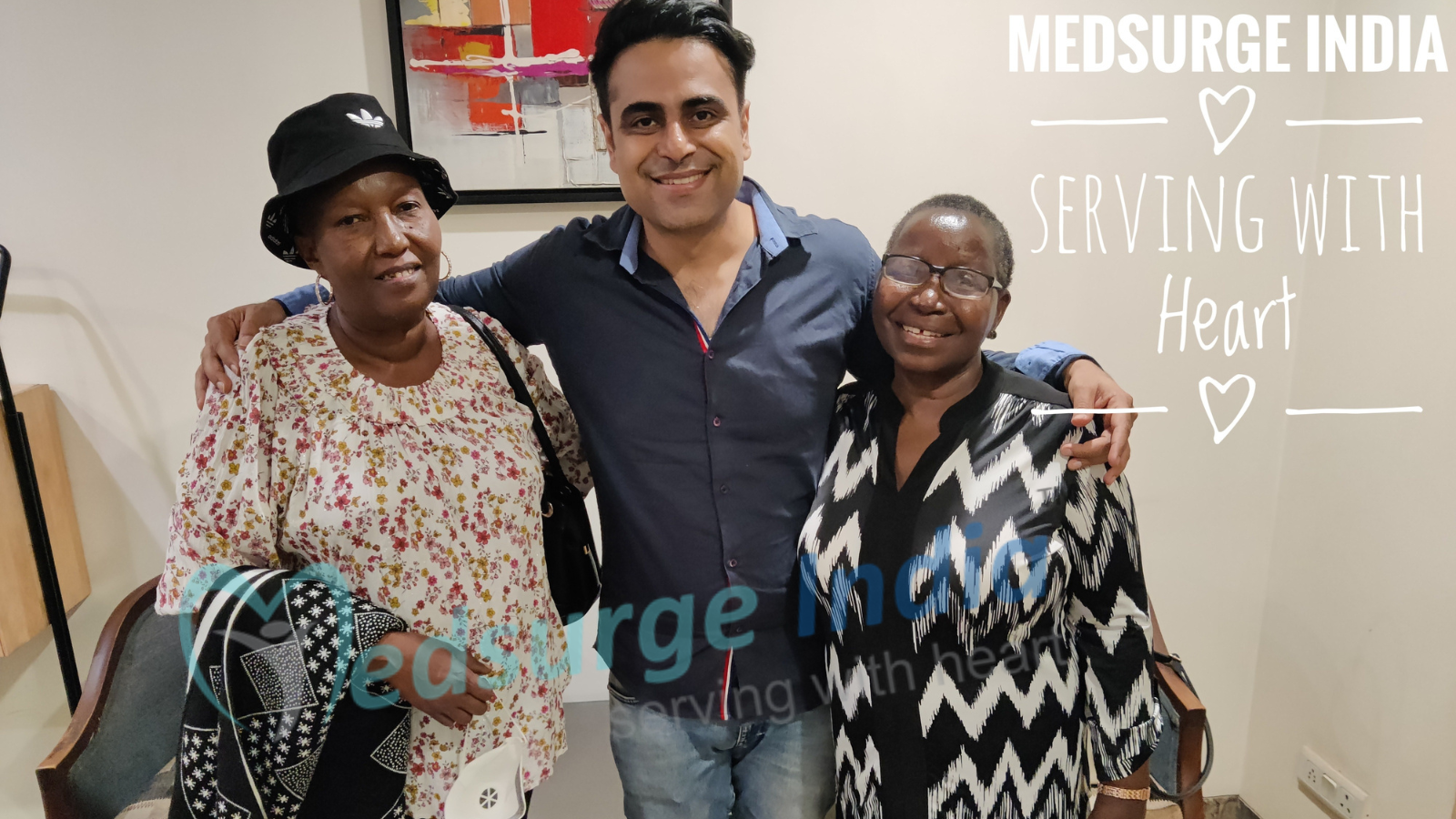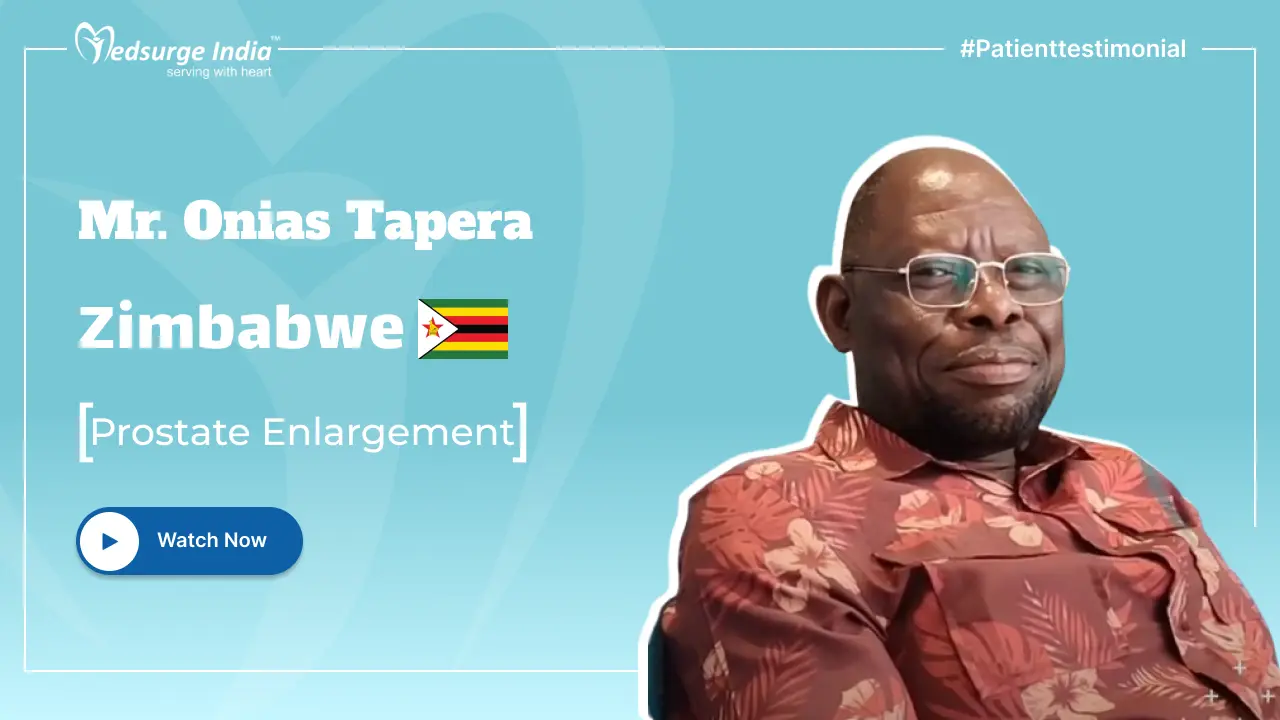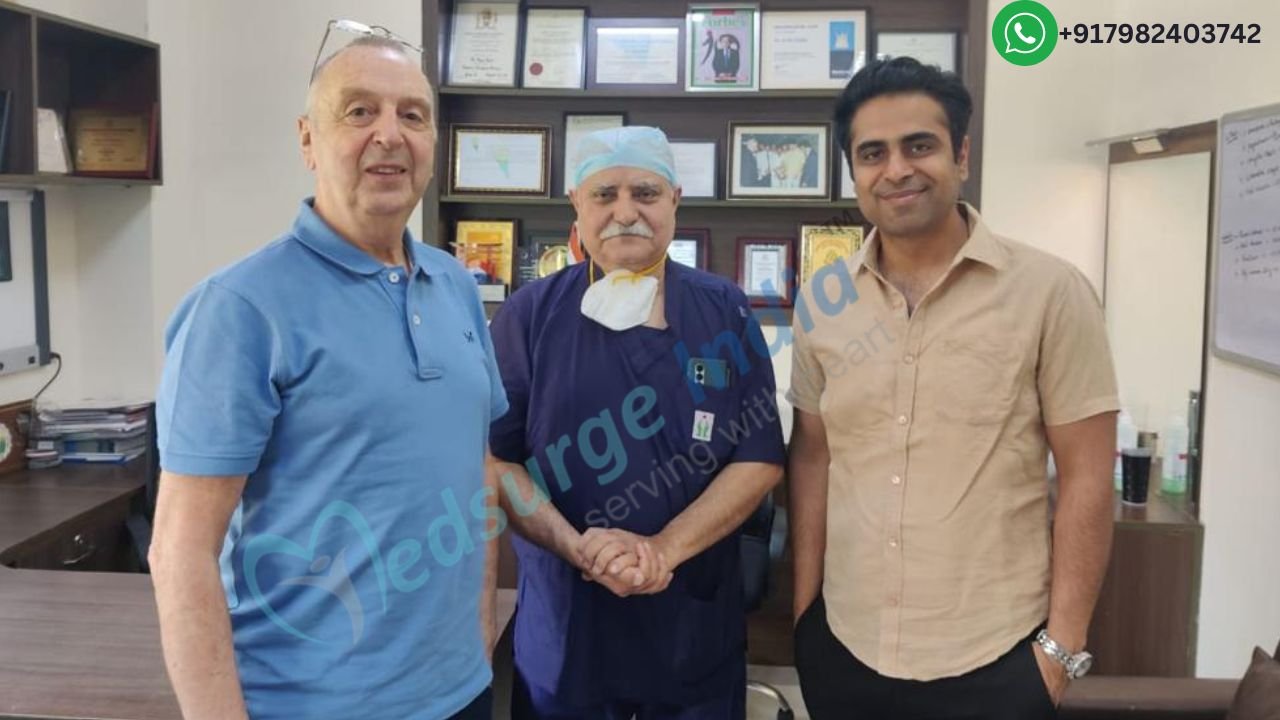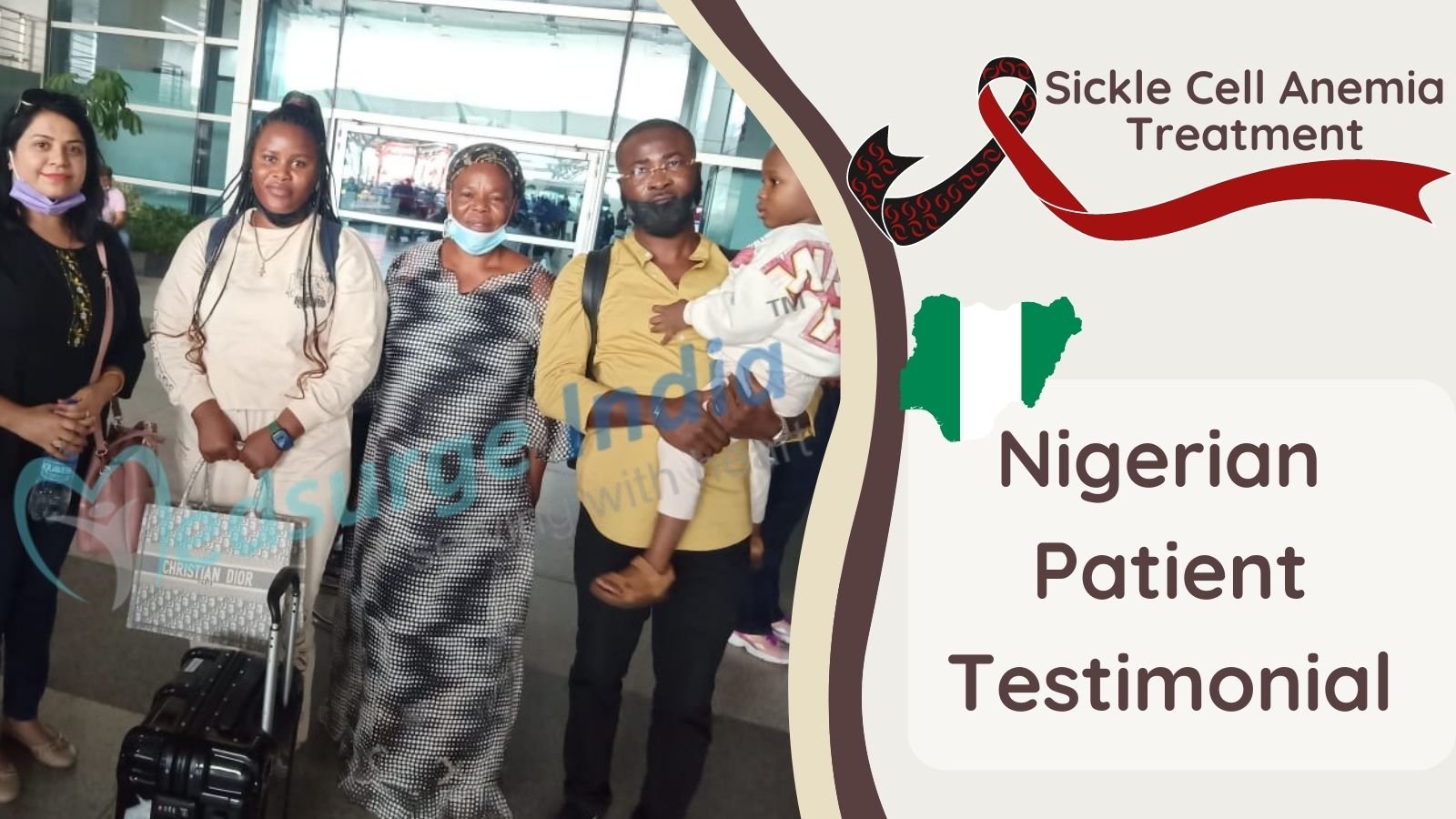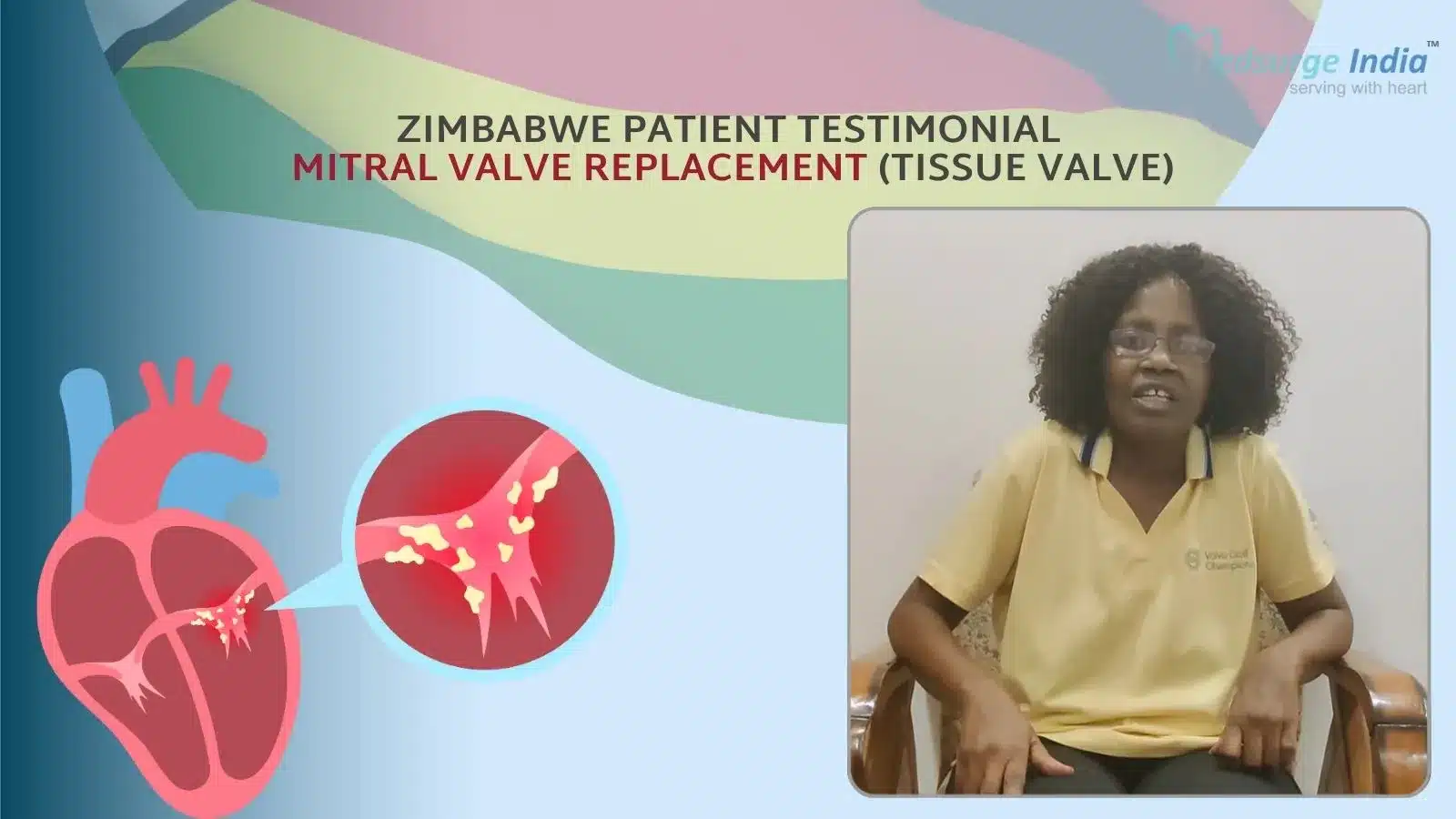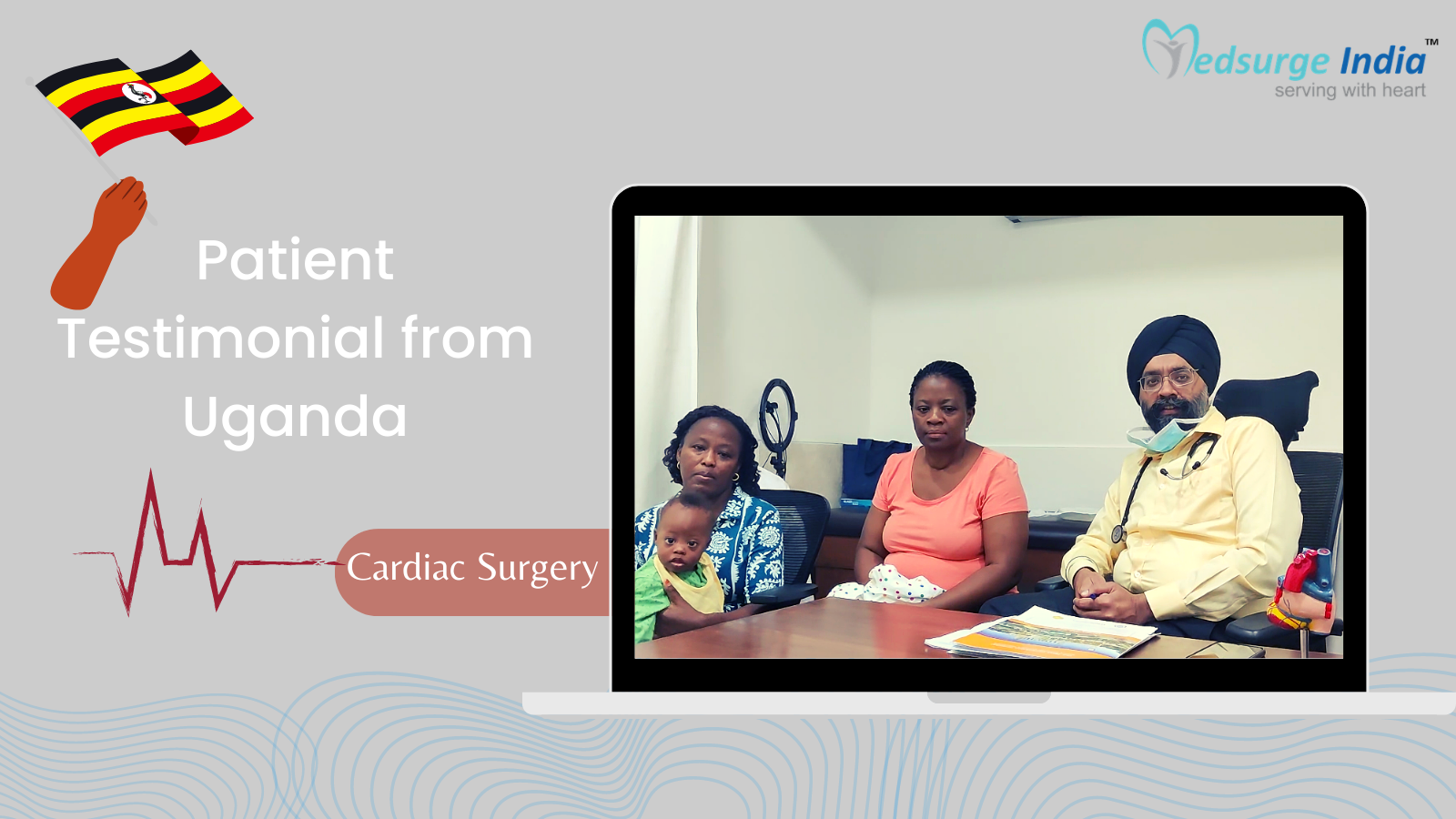
Oculoplasty can also be referred to as oculoplastic surgery, which includes the plastic operation of a watch. It includes the management and repair of structures regarding the eyes such as the forehead, socket, and tear ducts. Oculoplasty also copes with nerves that send a message to the brain, the muscles that move the eyeball, and supply nourishment to your eye. Oculoplasty may be purely decorative or may be used to rebuild the structures surrounding the eyeball. Eyelift is also called blepharoplasty and eyebrow lift also decreases under the oculoplastic.
Oculoplasty treats many conditions that are mentioned below:
- Blocked tear ducts: Though most common in babies, adults may also get blocked tear ducts as they age from injury, disease, and tumors.
- Cancer and Growths: This pertains to tumors/lesions around the eye which will be eliminated.
- Ectropion: In this condition, the eyelid folds outward from the eye.
- Entropion: This condition occurs when the eyelid folds inward toward the eye.
- Injuries: This refers to a trauma that can lead to various aforementioned conditions.
- Ptosis: inside this condition, one or both upper eyelids droop within the eye resulting in cosmetic and operational difficulties.
- Thyroid Eye Disease (TED): Thyroid conditions can sometimes cause difficulties in the eyes. Diseases like Grave’s disease might cause difficulties in the eyes which need surgical intervention.
Helpful – Key Benefits of a healthy diet and how to stay healthy
Advantages of Oculoplastic Surgery
The oculoplastic operation produces positive patient gains. Normally, the patients don’t record much discomfort during this process and postoperative healing. Largely these surgeries are all free of any sort of complications. These surgeries enhance the quality of life reported by the majority of patients. These processes include:
- External Dacryocystorhinostomy (DCR), which restores the flow of tears
- Ectropion repair, which is the surgical correction of eyelids that turn outward
- Entropion repair: In this surgery, patients are treated for eyelids that fold towards the inside
- Ptosis repair: When the upper or lower eyelid droop, oculoplastic surgery provides a solution that corrects this problem.
These surgeries help patients both cosmetically and functionally. The lids are raised to their usual position allowing greater peripheral vision and the eyes have been awarded a refreshed youthful look.
Oculoplasty Cost In India
Oculoplasty Cost in India starts from Rs. 1,00,000 or more per eye. It typically includes necessary preoperative tests, the patient’s condition of its eyes, and the type of surgery itself. However, please note that accommodation and transfers are not included in this cost.
Cost of Oculoplasty in Different Cities in India
| Cities | Starting Price |
| Delhi | Rs. 1,00,000 |
| Gurgaon | Rs. 1,20,000 |
| Noida | Rs. 1,00,000 |
| Mumbai | Rs. 1,40,000 |
| Hyderabad | Rs. 1,00,000 |
| Chennai | Rs. 1,10,000 |
| Kolkata | Rs. 1,00,000 |
| Bangalore | Rs. 1,30,000 |
Note: Keep in mind that the above-mentioned cost provided is solely for the treatment. The overall cost of Oculoplasty in India will be determined based on several factors.
Factors That Can Affect Oculoplasty Cost in India
Various factors can affect the cost of Oculoplasty in India. Your budget is greatly impacted by numerous elements that fail under pre and post-treatment costs. Below are the various factors that can affect the cost of Oculoplasty in India.
- Medication costs: Certain medicines can influence the overall cost of the treatment.
- Patient Condition: The complexity of the disease along with the patient’s overall health can affect the duration of treatment, impacting the cost.
- Duration of treatment: Longer treatment courses involving multiple visits can lead to higher cumulative costs.
- Geographical location: Cost can vary widely depending on the region in India.
- Hospitalization expenses: The length of hospital stay and the level of nursing care required by the patient can add to the treatment expenses.
- Government policies and subsidies: Government healthcare schemes and subsidies can reduce out-of-pocket expenses for patients, affecting the affordability of the treatment.
- Medical tourism packages: Curated packages for international patients can include various services at a bundled cost, influencing the overall expense of treatment in India.
- Hospital reputation and infrastructure: Prestigious hospitals with state-of-the-art facilities may charge more for their services.
- The expertise and experience of medical professionals: Opthalmology specialist with extensive experience and recognition often command higher fees, contributing to the treatment cost.
- The type and frequency of diagnostic procedures: Regular monitoring with advanced imaging and laboratory tests can increase treatment costs due to the high price of these diagnostic methods.
- The choice of treatment modality: Opting for newer or more advanced treatment options or precision medicine can be more expensive than traditional approaches.
Get Free Cost Estimation
Procedure
Before Procedure
- A patient must avoid using blood thinners such as aspirin or alcohol, to get a few weeks before the operation.
- Smoking sufferers must quit smoking 2-3 weeks before the operation, as smoke may quickly affect eyes and might interfere with the healing procedure.
- Regular tests are performed to make the operation a safe alternative. This will include:
- Complete Blood Count (CBC)
- Prothrombin Time (PT)
- Electrolyte panel
- Partial Thromboplastin Time (PTT)
- Electrocardiography
- Magnetic Resonance Imaging (MRI),
- Chest Radiograph
- Orbital Computed /Tomography (CT)
- Imaging evaluations and X-rays
During Procedure
- The patient is given general anesthesia (if children or invasive surgery for example palliative operation ) or local anesthesia or MAC anesthesia including local anesthesia and intravenous sedation. Use of local anesthesia or MAC anesthesia guarantees faster postoperative recovery.
- In eyelid surgery named Blepharoplasty, an incision using a blade is made along the normal line of the upper eyelid. The epidermis is detached from the tissue to eliminate the superfluous fat, muscle, and skin. The top eyelids are then sutured to seal the incisions. The lower lids might not be sutured based on the procedure employed for operation. The process lasts almost two hours if both lower and upper eyelids are operated collectively.
- In Tear Duct operation, an incision is made through the nose or the inside corner of the eye and nose. The surgeon makes a new drain opening right into the nose for the tears to flow from the obstructed sac. The drain might be kept open by a stent for a while.
- Orbital Surgery takes a CT scan and fine-needle aspiration done by the physician before the operation to find out the method to be obtained for orbital operation. Based on the dimensions, location, and degree of disorder, there are a variety of sorts of orbital surgeries. A number of them may not require an incision or little or massive incisions may be required. Damaged tissues are removed intently while maintaining the vision and functionality of their eye.
- Pediatric Oculoplastic surgery is done under general anesthesia to fix congenital tear duct obstruction or ptosis.
After Procedure
- It’s essential to schedule a person to drive the patient home after the operation
- The motorist must accompany for 8-12 hours to help whether any immediate complications occur
- The patient shouldn’t return to function for a certain time following operation.
- Normally, the patient must consume 1-2 weeks away from work following the process
- Suggested usage of cold packs can decrease swelling and soreness.
- Avoid increasing your blood pressure for about 3 weeks
- Avoid strenuous exercise or stressful tasks
- Avoid alcohol and drugs that thin the blood (such as aspirin) for at least a week.
- Avoid sleeping with your head too far back, this might result in fluid interfering with the healing process
- The patient has to be mindful while bathing and follow the directions thoroughly concerning the changing of dressings on the eye.
- Prevent infection with appropriate hygiene.
Risks Involved in Oculoplasty
The surgical area will likely bruise and swell at first, with discomfort. Surgery might lead to these temporary side effects:
- Increased tear production from the eyes
- Sensitivity to light
- Sensitivity to wind
- Double vision
- Signs of infection: Abnormal discharge from the wound area with blood along with pus.
- Uncontrolled pain that might not be mitigated by over-the-counter pain relievers.
- Feeling nausea.
- Damage to the cornea of your eye: Vision gets worse when started to improve with flashing lights or dark spots.
- Abnormal wound healing
- Improper incision closure
The Most Important Frequently Asked Questions
Q: What Are the Long-term Complications of Surgery?
A: Oculoplasty is a significant operation. Patients using oculoplastic surgery encounter long-term consequences, unsightly discoloration, and even blindness in several people. The asymmetric elevation of the eyebrow, irregular shape, and lid are a few of the complications which might happen. Eyelids can not close entirely due to eyelid skin removed, swelling resulting from clotted blood, along with the bronchial uterus. Swelling and bruising are common after surgery and fixes in a couple of days. Blepharoplasty may need to be performed together with facial removal or elimination of fine lines surrounding the eyes with the support of chemical peel or laser.
Lagophthalmos: Defined from the collapse of the top lid margin to achieve the lower lid margin.
Ectropion: Ectropion can begin during lower lid processes with surplus skin resection, scarring.
Dry Eyes: Many patients complain of dry eyes postoperatively. Any adjustments to the lacrimal system, for example, re-suspension of the lacrimal gland, may make patients at elevated risk for dry eyes.
Q: What Are the Types of Oculoplastic Surgery?
A: Oculoplastic surgery Contains a Huge Selection of Processes that may be Nonsurgical or Surgical:
- Eyelid operation incorporates blepharoplasty and reconstruction of their uterus. This can be completed for entropion, ptosis, ectropion, and eyelid tumors
- The orbital operation to Handle eye and thyroid disorders, tumors, and trauma
- Tear duct operation
- Pediatric oculoplastic surgery to correct congenital defects and handle eye disorders in kids
- Eyebrow and eyebrow lifts
- Cosmetic Dentistry using the mid-facelift, lower facelift, and facial enhancements
- Non-surgical remedies performed by oculoplastic surgeons include:
- Skin Care with laser skincare treatments, chemical peels, home skincare regimens
- Cosmetic Dentistry injections with Juvederm, perlane, Restylane, and radiesse to decrease wrinkles
Q: When to Decide to Go for Oculoplasty?
A: Individuals of almost any age group may have difficulties with eyes or regions around the eyes. These conditions could be viewed in kids, as birth defects, or seem at early youth. All these conditions in children will need to be addressed early since they might hamper visual improvement and lead to lazy eye (amblyopia).
Q: Who Requires Oculoplasty?
A: The best way to determine the need for Oculoplasty is a thorough examination of the eye by an ophthalmologist. There are certain indicators or symptoms that may suggest the need for a visit to an ophthalmologist at an early stage.
- Blepharoplasty or excessive fat in eyelids
- Drooping eyelids
- Excessive blinking
- Excessive watering in tear ducts
- Excessive wrinkles and folds
- Eyelids tearing in/out
- Tumor growth
- Twitching of eyes
Q: When Is it Absolutely Necessary to Revisit the Hospital After the Surgery?
A: Revisit the hospital if:
- Experiencing pain that won’t be mitigated over-the-counter pain relievers.
- When the pain is accompanied by nausea.
- Unusual discharge suddenly coming from the area, typically discharge that is bloody or contains pus.
- Worsening of vision, especially after it had shown signs of improvement
- Flashing lights or dark spots.
- When there is excessive bleeding, especially if the earlier bleeding had subsided.
- The incision is not closing but rather becoming separate.
Q: How Long a Patient Needs to Stay at the Hospital After the Surgery?
A: It is dependent upon the kind of operation the patient is experiencing, largely within 48 hours following surgery with no complications the patient may get up and move around and may depart for home with the assistance of a driver.
Q: What I Have to Do Before I Apply for the Visa?
A: When you decide the clinic, for the use of Visa, then you have to demonstrate that a reputed hospital has agreed to deal with the patient. You also need to present a reference.
Top Hospitals for Oculoplasty in India
Top Doctors for Opthalmology
Dr. JB Singh
Senior Consultant
Experience: 35 years of experience
Centre for Sight Eye Hospital, Sector 29, Gurgaon
Gurgaon, India
Dr. Saurabh Sharma
Senior Consultant
Experience: 8 years of experience
Bharti Eye Hospital, New Delhi
New Delhi, India
Dr. Lalit Verma
Consultant
Experience: 35 years of experience
Centre for Sight Eye Hospital, Sector 29, Gurgaon
Gurgaon, India
Dr. Hemlata Gupta
Senior Consultant
Experience: 12 years of experience
Centre for Sight Eye Hospital, Sector 29, Gurgaon
Gurgaon, India
Dr. Shagun Sood
Consultant
Experience: 12 years of experience
Centre for Sight Eye Hospital, Sector 29, Gurgaon
Gurgaon, India
Dr. Neha Bharti
Consultant
Experience: 9 years of experience
Bharti Eye Hospital, New Delhi
New Delhi, India
Dr. Arindam Deb
Consultant
Experience: 17 years of experience
Susrut Eye Foundation and Research Centre, Kolkata
Kolkata, India
Dr. Prateep Vyas
Director
Experience: 30 years of experience
Centre for Sight Eye Hospital Sapna Sangeeta
Indore, India
Dr. Amit Singhal
Senior Consultant
Experience: 19+ years of experience
Ujala Cygnus Brahm Shakti Sanjivani Hospital, Bahadurgarh
Bahadurgarh, India
Dr. Smita Sachdeva Kapoor
Senior Consultant
Experience: 17 years of experience
Centre for Sight Eye Hospital, Sector 16A, Gurgaon
Faridabad, India
Dr. Sanjiv Gupta
Consultant
Experience: 23 years of experience
Medeor Hospital, Qutab, New Delhi
New Delhi, India
Dr. Jayanti V
Experience: 32+ years of experience
Manipal Hospital, Mandi Mohalla, Mysore
Mysore, India
Dr. Trishala M B
Consultant
Experience: 31 years of experience
Manipal hospitals Life’s On, Jayanagar
Bangalore, India
Dr. Harish HS
Consultant
Experience: 11 years of experience
Centre for Sight Eye Hospital Rajouri Garden
New Delhi, India
Dr. Dharitri Samantaray
Consultant
Experience: 24 years of experience
Bharti Eye Hospital, New Delhi
NewDelhi, India
Dr. Carreen Pakrasi
Director
Experience: 30 years of experience
Medanta – The Medicity, Gurgaon
Gurgaon, India
Dr. Pankaj Katairia
Senior Consultant
Experience: 28 years of experience
IBS Institute of Brain and Spine, New Delhi
New Delhi, India
Dr. Neha Rathi
Consultant
Experience: 17 years of experience
Venkateshwar Hospital, New Delhi
New Delhi, India
Dr. Bhavini Jariwala
Consultant
Experience: 10 years of experience
Centre for Sight Eye Hospital, Rander Road, Surat
Surat, India



